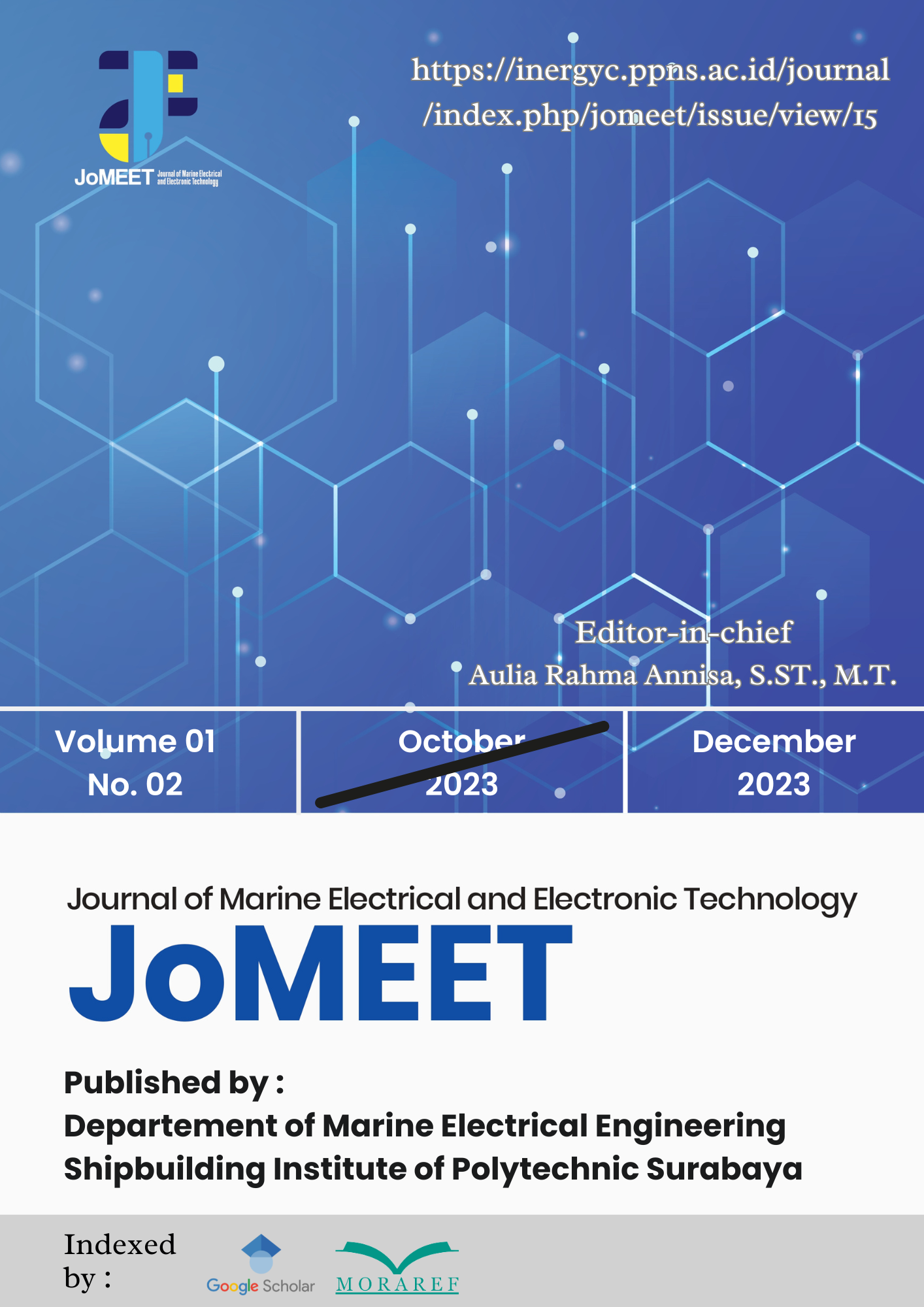Optimization of Dynamometer Braking Performance with LQR-PID Hybrid Control Method Approach on Eddy Current System
Keywords:
Eddy current brakes, PID, LQR, MATLAB, hybrid controlAbstract
This paper discusses the optimization of braking performance in the Eddy Current Brakes dynamometer system with the Linear Quadratic Regulator (LQR)-PID hybrid control strategy approach. The eddy current braking system is a modern technology that requires optimal control strategies to improve stability, efficiency, and braking accuracy. Although PID controls are widely used due to their simplicity and reliability, their performance is often considered less than optimal in certain scenarios, especially in the face of complex dynamic changes. Therefore, this study proposes to integrate the full-state feedback control of the Linear Quadratic Regulator (LQR) with PID to improve the overall braking performance. The simulation was conducted using MATLAB/Simulink software, focusing on a comparative analysis between conventional PID control methods and LQR control approaches. The simulation results show the advantages of LQR over PID, especially in terms of response time and overshoot elimination. LQR control results in a settling time (Ts) of 2.12 seconds and a rise time (Tr) of 1.18 seconds without overshoot, indicating higher stability. On the other hand, PID control provides a faster settling time (Ts) of 0.27 seconds, and a rise time (Tr) of 0.18 seconds, but there is still an overshoot of 0.7%, which has the potential to reduce braking efficiency in real systems. This research contributes to improving braking efficiency and offers a more stable solution for the Eddy Current system.



